It’ll be ready for launch by the mid-2020s.
On-Earth manufacturing isn’t the only kind being automated.
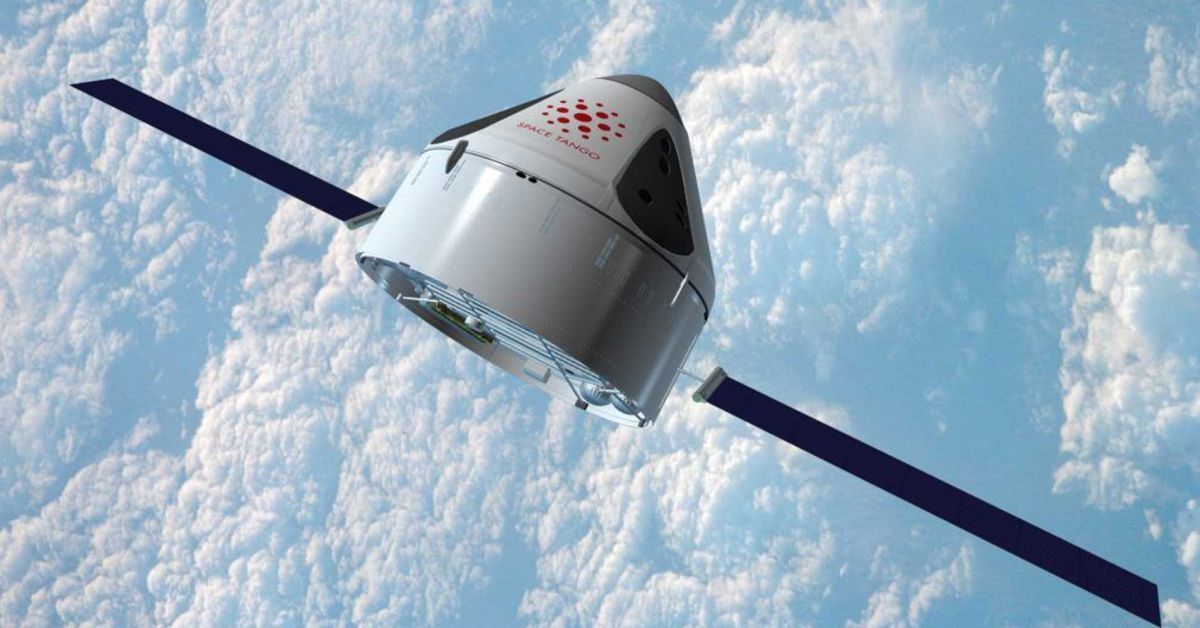
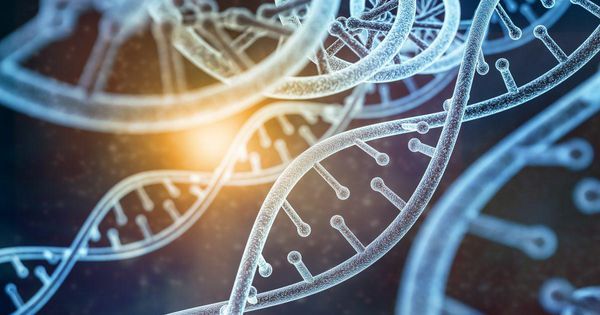

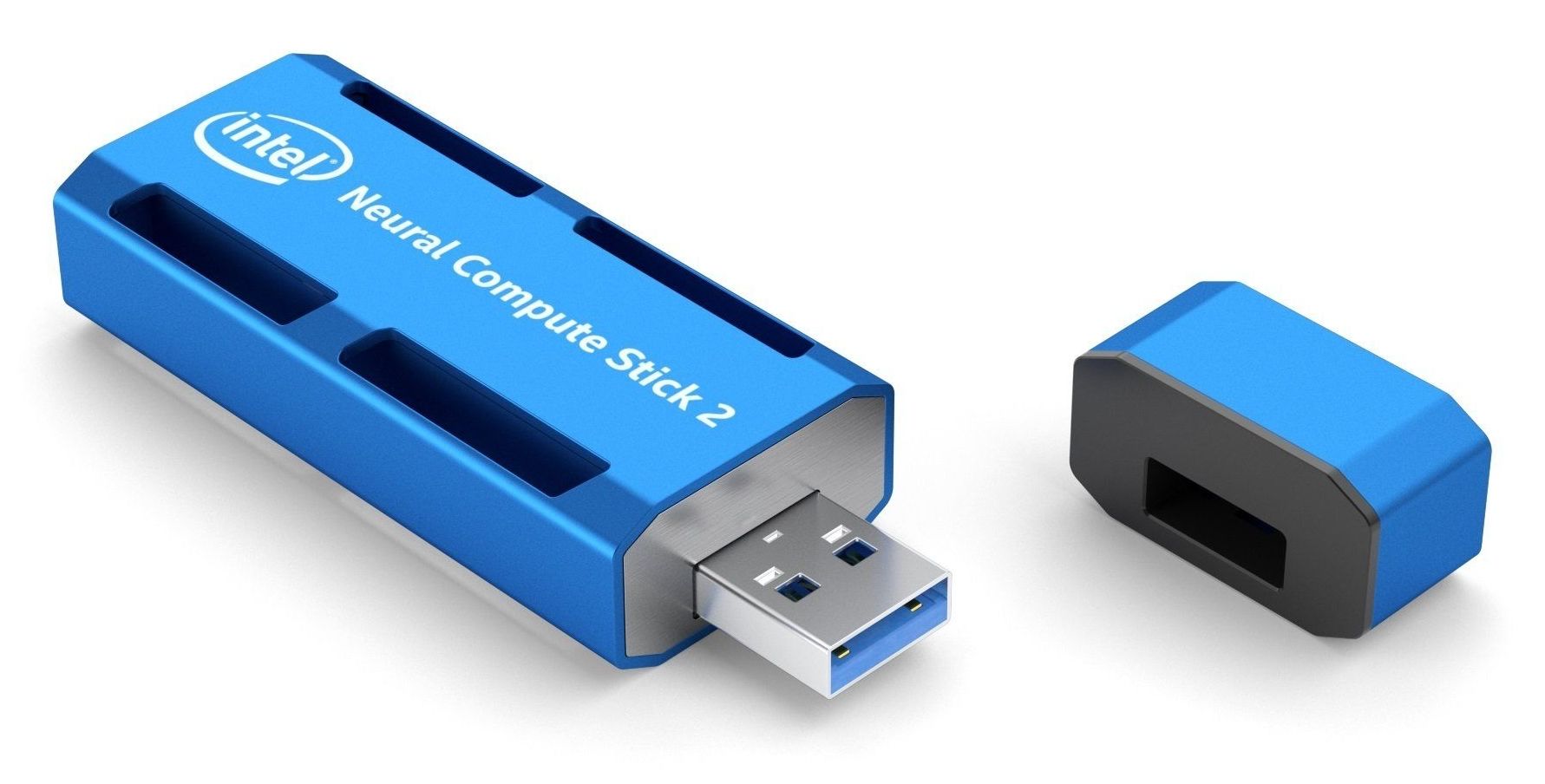
Intel has unveiled the Intel Neural Compute Stick 2. It looks like a standard USB thumb drive, and it runs on a USB 3.0 port, but is oh-more-special. CNET said the new AI “brain” sticks into the side of your PC.
Andrew Tarantola in Engadget summed up its significance. “Intel’s NCS2 is essentially a self-contained neural network on a thumbdrive and should make developing those sorts of devices faster and easier by offloading much of the processing power required to train them to its onboard Movidius Myriad X vision processing unit (VPU).”
The debut took place Wednesday, Nov. 14, at the Intel AI Devcon in Beijing.
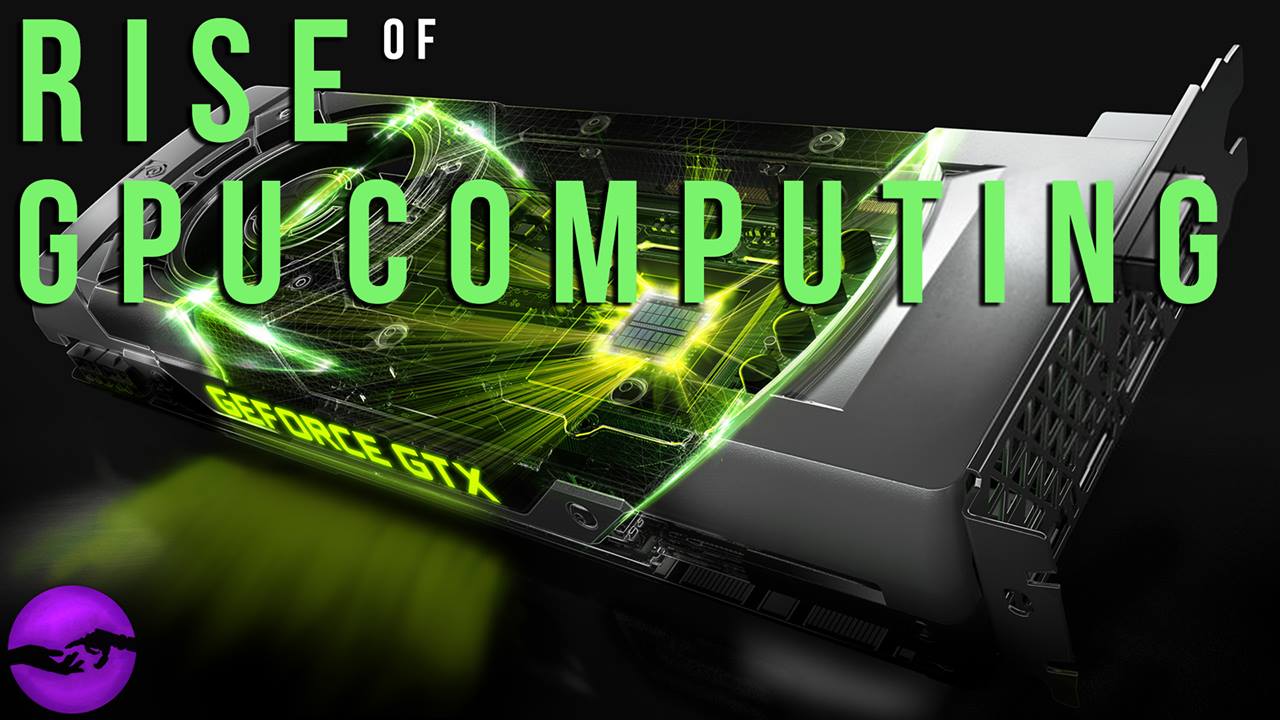
Click on photo to start video.
The Rise of GPU Computing (+ What is Volta, Titan V, RTX…) https://www.facebook.com/singularityprosperity/videos/440193486462231/
In this video, we’ll be discussing the rise of GPU computing and the role it will play in AI computational tasks.
[0:22–5:26] Starting off we’ll look at, the origins of GPU computing and the reason(s) for their mass adoption today.
[5:26–8:13] Following that we’ll discuss, the use of GPU computing for artificial intelligence (AI) computing.
[8:13–9:38] To conclude we’ll discuss, general purpose GPU (GPGPU) computing.

LEXINGTON, Ky. (NOVEMBER 15, 2018) – Space Tango, a leader in the commercialization of space through R&D, bioengineering and manufacturing in microgravity, today announced ST-42, a fully autonomous robotic orbital platform designed specifically for scalable manufacturing in space. Launching in the mid 2020’s, ST-42 aims to harness the unique environment of microgravity to produce high value products across industries; from patient therapeutics to advanced technology products that have the potential to revolutionize industries here on Earth. ST-42 is an extension of the International Space Station’s (ISS) capabilities, and NASA’s creation of a robust commercial marketplace in low Earth orbit (LEO).
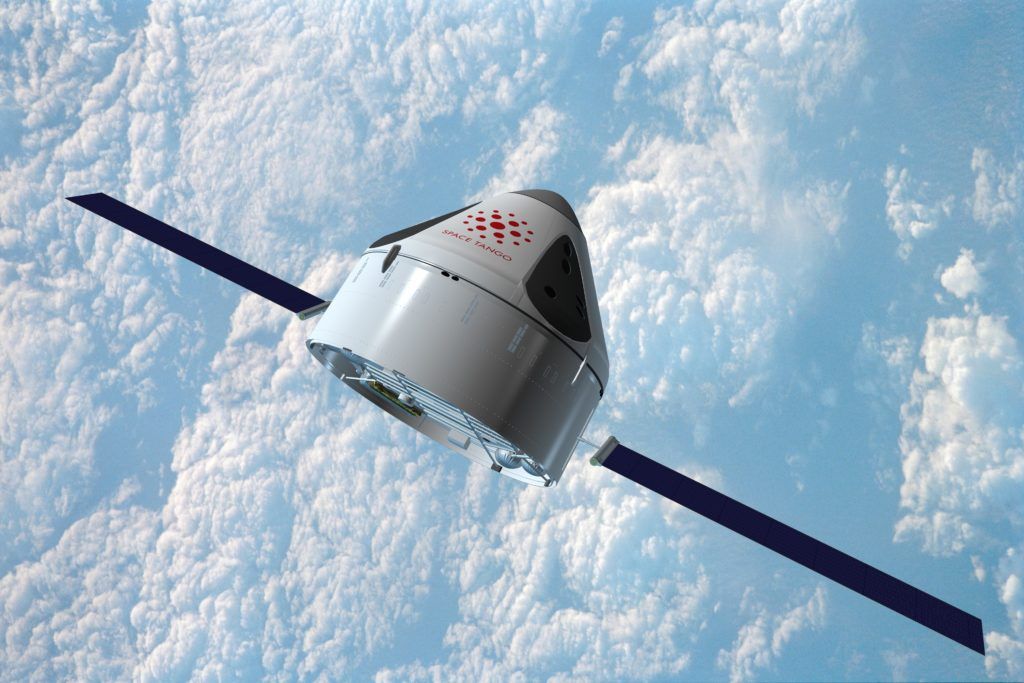
ST-42 will bring the economics of production in orbit into reality coupling autonomy with the reduced cost and larger number of launch vehicle providers. Space Tango expects the platform to be at the forefront of new breakthroughs in knowledge discovery, therapeutic solutions and manufacturing, and to provide the required capabilities for creation of new biomedical and technology product sectors in the commercial Space economy.
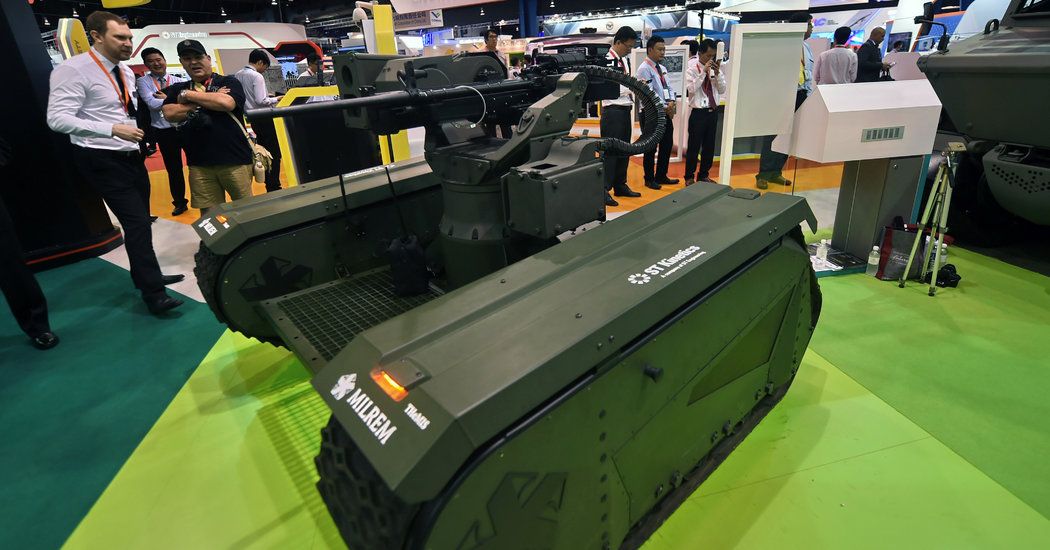
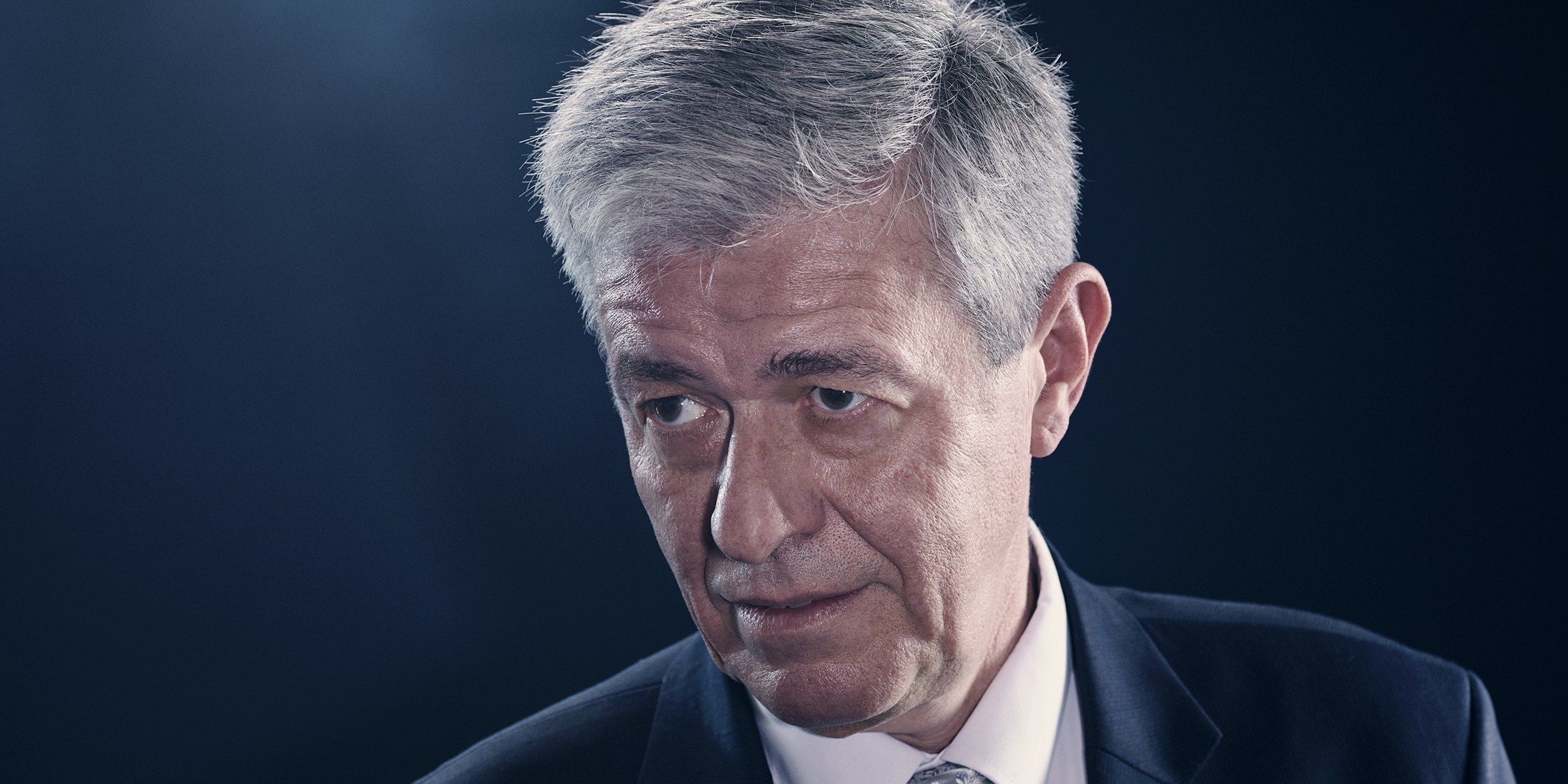
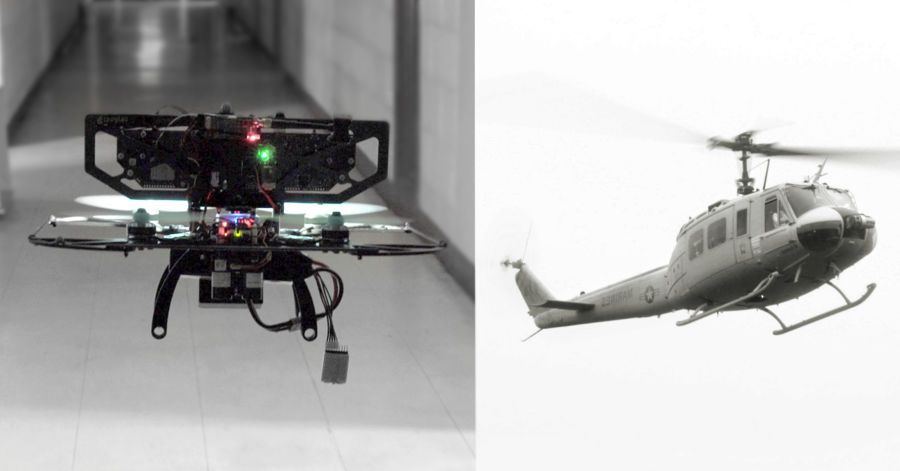
The U.S. military is investing billions of dollars each year in developing autonomous technologies that could enable planes, helicopters and drones to fly into some of the world’s most dangerous places, without a human pilot.
AI-empowered systems may soon allow autonomous flying machines to reduce the number of pilots and soldiers working in high-risk environments. Could these flying robots also be firing weapons? WSJ’s Jason Bellini reports, in the latest episode of Moving Upstream.